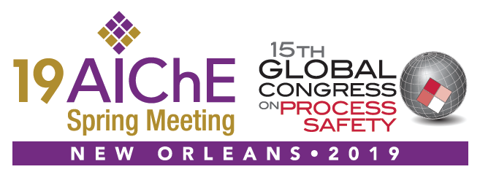

This paper describes a new book that CCPS has published on guidelines for integrating process safety into engineering projects. Engineering projects in the process industry are temporary endeavors generally undertaken to create a new or modified facility. Historically, project managers have focused on managing the risks and performance indicators related to costs, schedules and technological risks, such as whether the facility can meet production and quality targets. From a project manager’s perspective, safety concerns were often primarily focused on safety during the construction stage and the occupational safety of a contractor’s workforce. Increasingly, however, major operating companies recognize the need to more comprehensively address process safety in their projects as a means of optimizing the residual safety risk that operations teams are required to manage for the life of the facilities. Because engineering projects vary so widely in scope and size, these guidelines discuss effective approaches for integrating process safety into both large and small projects, including management of change (MOC) works, at each stage of the project life cycle from concept appraisal through to decommissioning at end of life.
The main focus of the guidelines is on proactively implementing process safety activities at the optimum timeframe, while also reactively conducting “cold eyes†reviews to provide assurance that nothing significant has been missed. This approach ensures that, if the right process safety activities are conducted at the right time, project leadership will have the right (process safety) information in order to be able to make the right risk management decisions regarding safety. The intent of these guidelines is not to describe in detail how to perform specific process safety activities, but rather to identify what needs to be addressed at each stage of a project. Other CCPS publications and industry codes and standards describe methods for specific process safety activities and are referenced throughout the book.
No matter how good the process safety input is into any engineering project, the newly installed and commissioned facility has a residual safety risk that the Operations team must manage through an effective process safety management system for the life of the facility. This is true for all projects. Therefore, one of the main benefits of successfully integrating process safety into a project is to help reduce this residual safety risk. The guidelines discuss the use of an inherently safer design (ISD) approach to meet this goal that should place fewer demands on Operations personnel, while also limiting the potential for major incidents.
Process safety in engineering projects involves leadership, managers, engineers, operating and maintenance personnel, contractors, vendors, suppliers, and support staff. Therefore, these guidelines were prepared for a wide audience and introduce terminology that is common to most projects, so that process safety engineers can effectively communicate with project personnel, ensuring that process safety issues are fully considered.
Preview Presentation
Presenter(s)
Language
Pricing
Individuals
| AIChE Member Credits | 0.5 |
| AIChE Pro Members | $19.00 |
| Employees of CCPS Member Companies | Free |
| AIChE Graduate Student Members | Free |
| AIChE Undergraduate Student Members | Free |
| AIChE Explorer Members | $29.00 |
| Non-Members | $29.00 |
